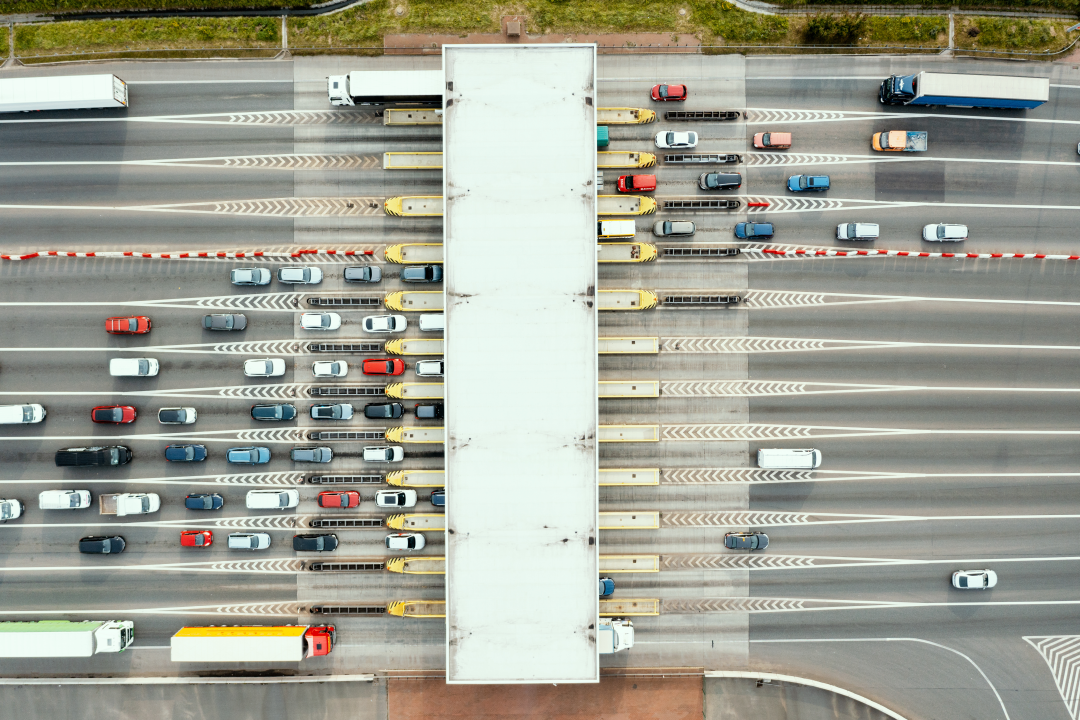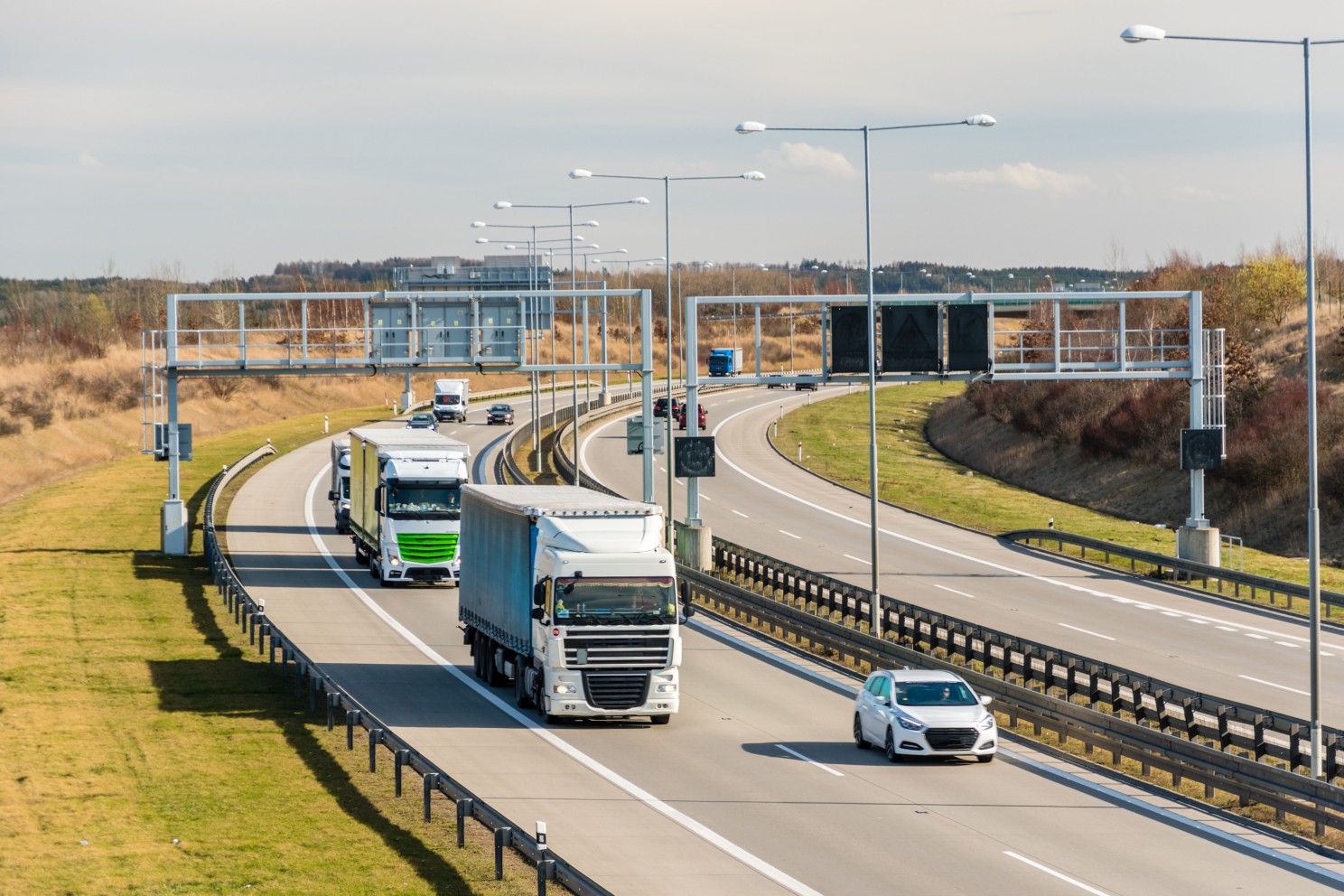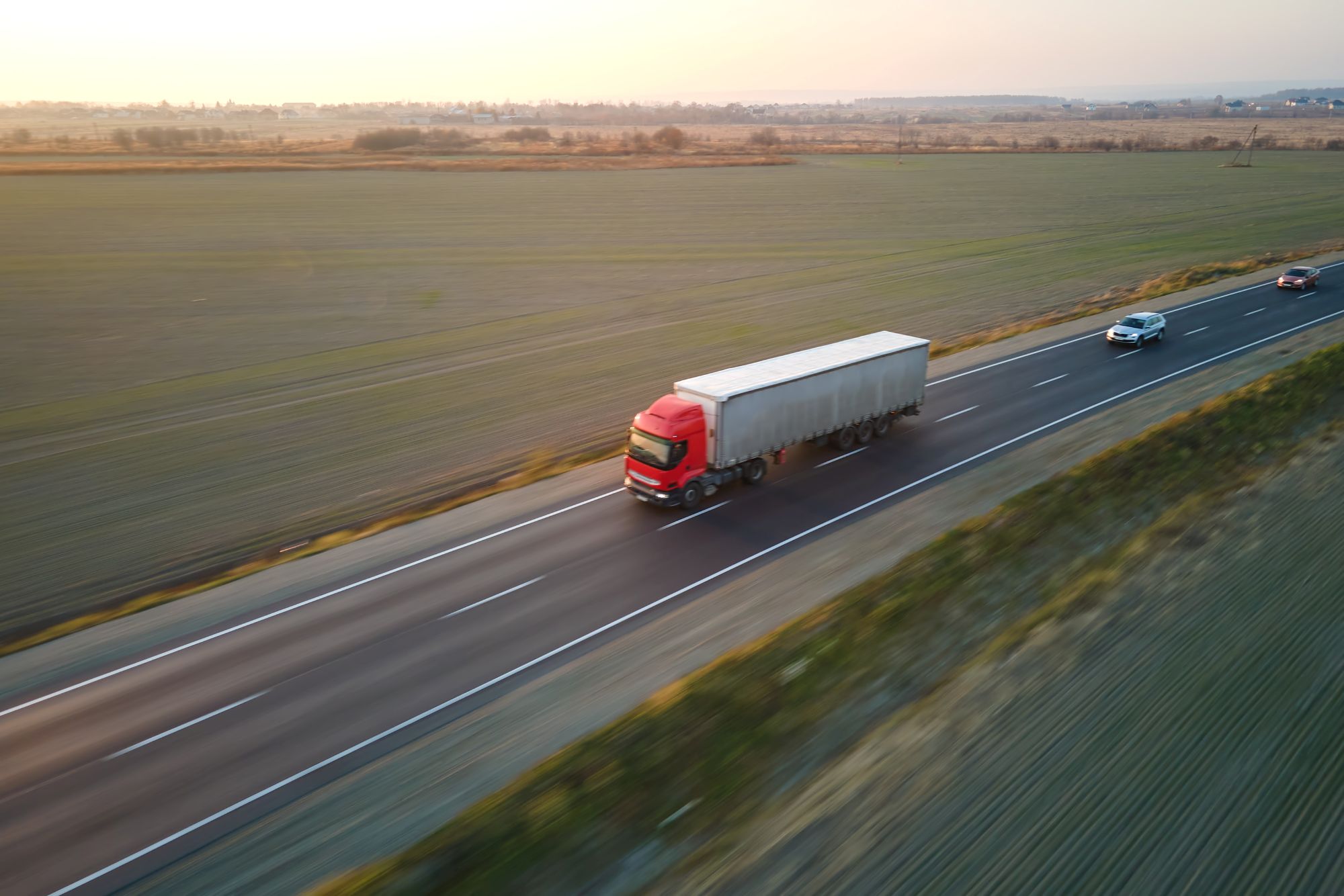
Susie Jones
Zrozumienie nowych stawek opłat drogowych dla ciężarówek w Niemczech
Utworzony: 12.08.2024
•
Aktualizacja: 12.08.2024
W związku z ciągłymi zmianami w niemieckim systemie opłat drogowych dla ciężarówek, łatwo jest pogubić się w licznych zmianach i przepisach. Prawie 83% lokalnych przejazdów ciężarówek, obejmujących około 200 kilometrów, odbywa się już na płatnych drogach - co podkreśla wpływ niemieckich opłat drogowych na wydatki floty.
Wraz ze wzrostem stawek opłat drogowych, nowe zmiany mocno uderzają w firmy flotowe. Zmiany w opłatach drogowych w 2023 i 2024 r. wynikają z poparcia przez niemiecki rząd ustawy o zmianie opłat drogowych, która przyjmuje następujące zmiany:
Nowe stawki opłat drogowych
Wprowadzenie opłat za emisję CO2
Usunięcie zwolnienia z opłat drogowych dla pojazdów napędzanych gazem ziemnym
Rozszerzenie opłat na pojazdy o dopuszczalnej masie całkowitej powyżej 3,5 tony.
1 stycznia 2023 r. zmiany
Stawki opłat wzrosły na początku 2023 roku. Decydujące znaczenie miały trzy czynniki:
Liczba osi
Klasa emisji
Dopuszczalna masa całkowita zespołu pojazdów.
1 grudnia 2023 r. zmiany
W grudniu wprowadzono klasy emisji CO2 jako nowe kryterium taryfowe. Obliczona na podstawie dopłaty w wysokości 200 euro za tonę emisji CO2 - jest ona nakładana na wszystkie pojazdy o dopuszczalnej masie całkowitej powyżej 7,5 tony. Indywidualne kwoty dopłat, oprócz obecnej opłaty drogowej, zależą od klasy emisji.
Klasa 1 - pojazdy ciężarowe o najwyższej emisji CO2, a tym samym najwyższej możliwej dopłacie. TollCollect, który pobiera opłaty drogowe od samochodów ciężarowych w Niemczech, klasyfikuje wszystkie zarejestrowane pojazdy w tej klasie emisji - operatorzy flot muszą skontaktować się z nimi, aby ubiegać się o lepszą klasyfikację, jeśli kwalifikują się do tego.
Klasy 2 i 3 - obie klasy są przypisywane podczas wprowadzania danych pojazdu do portalu TollCollect.
Klasa 4 - Ciężarówki niskoemisyjne, na przykład pojazdy napędzane gazem ziemnym.
Klasa 5 - Ciężarówki bezemisyjne.
1 stycznia 2024 r. zmiany
1 stycznia 2024 r. zwolnienie z opłat drogowych dla pojazdów napędzanych gazem ziemnym przestało obowiązywać.
1 lipca 2024 r. zmiany
Opłaty będą pobierane od wszystkich pojazdów o technicznie dopuszczalnej masie całkowitej przekraczającej 3,5 tony. Istnieje kilka wyjątków od tej nowej zmiany:
Pojazdy bezemisyjne o technicznie dopuszczalnej masie całkowitej powyżej 4,25 tony.
Bezemisyjne ciężkie pojazdy użytkowe - to zwolnienie obowiązuje do końca grudnia 2025 r.
Pojazdy używane przez firmy handlowe - Dotyczy pojazdów o masie całkowitej poniżej 7,5 tony.

Przygotowanie floty na lipcowe zmiany
Przed 1 lipca musisz sprawdzić, czy Twoje pojazdy podlegają opłacie drogowej, a jeśli tak, to w jaki sposób chcesz ją uiścić.
Sprawdź swoje pojazdy
Sprawdź część pierwszą dowodu rejestracyjnego pojazdu w polu F1. Jeśli pojazd ma technicznie dopuszczalną maksymalną masę całkowitą (TPMLM) powyżej 3,5 tony, podlega opłacie drogowej. Pojazdy ciężarowe o dopuszczalnej masie całkowitej (TPMLM) wynoszącej dokładnie 3,5 tony lub mniej nie będą podlegać opłatom drogowym.
Kombinacje pojazdów - jeśli pojazd holujący ma TPMLM powyżej 3,5 tony, podlega opłatom drogowym. Kombinacja z TPMLM powyżej 3,5 tony nie będzie podlegać opłatom drogowym, jeśli pojazd holujący ma TPMLM 3,5 tony lub mniej.
Wymogi dotyczące opłat drogowych mają zastosowanie do pojazdów przeznaczonych lub używanych do transportu drogowego rzeczy.
Firmy handlowe są zwolnione z opłat drogowych pod pewnymi warunkami.
Jak uiścić opłatę drogową
Najwygodniejszym sposobem uiszczenia opłaty jest skorzystanie z urządzenia pokładowego (OBU) dostarczanego przez Toll Collect, dostawców europejskiej usługi opłaty elektronicznej (EETS) lub ich partnerów handlowych.
Płacenie za pomocą OBU wymaga rejestracji w Toll Collect i umówienia się na instalację - po instalacji należy ustawić wagę jako "<7,5 tony". Dzięki urządzeniu OBU automatyczny pobór opłat będzie obowiązywał na autostradach i drogach federalnych od 1 lipca 2024 r.
Alternatywnie można uiścić opłatę drogową na stronie Toll Collect strona internetowa lub za pośrednictwem aplikacji aplikacja przed rozpoczęciem podróży.
Czy mój pojazd służbowy jest zwolniony z nowych niemieckich stawek opłat drogowych?
Aby kwalifikować się do zwolnienia dla rzemieślników, należy spełnić następujące warunki:
Pojazdem mogą kierować wyłącznie pracownicy firmy handlowej.
Przewożone materiały, sprzęt lub maszyny muszą być niezbędne do świadczenia usług i wykonywania pracy w ramach działalności handlowej.
Przewożone wyroby rękodzielnicze muszą być produkowane, przetwarzane lub naprawiane w firmie handlowca.
Pojazdy handlowe można zarejestrować online na stronie Toll Collect. Firmy handlowe mogą znaleźć więcej informacji na temat wyjątków na stronie Toll Collect FAQ.
Czy ciężarówki mogą jeździć w Niemczech w niedziele?
Istnieją zakazy jazdy ciężarówek komercyjnych w określonych godzinach, aby zmniejszyć ruch i zapewnić bezpieczeństwo na drogach. Zakaz obowiązuje w niedziele, co oznacza, że kierowcy ciężarówek o masie powyżej 7,5 tony nie mogą poruszać się nimi w godzinach od 12 do 22. Ponadto obowiązuje również zakaz prowadzenia pojazdów w następujące dni świąteczne:
Nowy Rok - 1 stycznia
Wielki Piątek - 18 kwietnia
Poniedziałek Wielkanocny - 21 kwietnia
Święto Pracy - 1 maja
Dzień Wniebowstąpienia - 29 maja
Zielone Świątki - 8 czerwca
Dzień Zjednoczenia Niemiec - 3 października
Boże Narodzenie i Boxing Day - 25 i 26 grudnia
W głównym okresie wakacyjnym, od 1 lipca do 31 sierpnia, zakaz prowadzenia pojazdów ciężarowych obowiązuje w soboty, co oznacza, że kierowcy ciężarówek nie mogą prowadzić pojazdów między 7:00 a 20:00, gdy na drogach występuje duża częstotliwość pojazdów.



